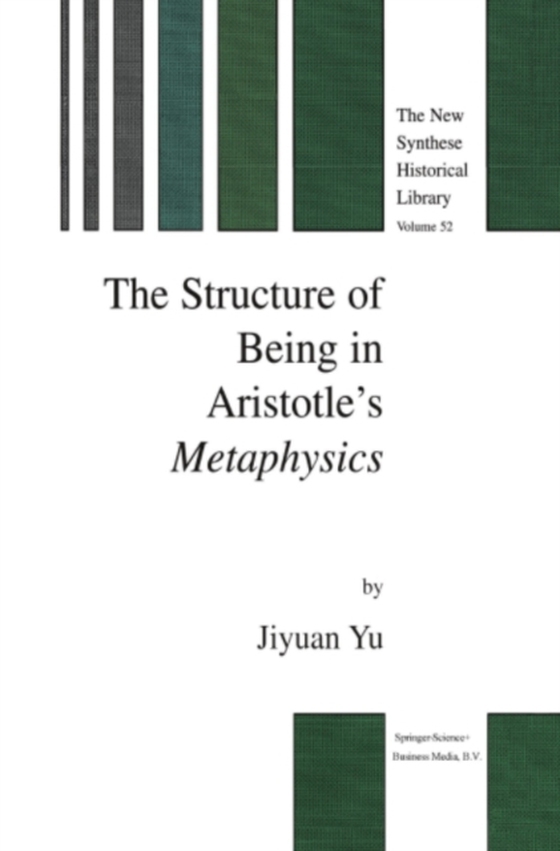
Structure of Being in Aristotle's Metaphysics e-bog
875,33 DKK
(inkl. moms 1094,16 DKK)
In his Metaphysics, Aristotle claims that he is seeking to establish a science of being. Being, at the most general level, is divided by Aristotle into the following four types: 1. Accidental being 2. Being as truth 3. Potential/actual being l 4. Per se being Per se (kath hauto) being can also be translated as "e;being in its own right"e; or "e;intrinsic being"e;. This type of b...
E-bog
875,33 DKK
Forlag
Springer
Udgivet
6 december 2012
Genrer
Philosophy
Sprog
English
Format
pdf
Beskyttelse
LCP
ISBN
9789401000550
In his Metaphysics, Aristotle claims that he is seeking to establish a science of being. Being, at the most general level, is divided by Aristotle into the following four types: 1. Accidental being 2. Being as truth 3. Potential/actual being l 4. Per se being Per se (kath hauto) being can also be translated as "e;being in its own right"e; or "e;intrinsic being"e;. This type of being has been referred to by Aristotle in different ways. The list of per se beings includes substance, quantity, quality, place, time, etc. , and this is also the list ofcategories. At Meta. ix. l, 1045b28 Aristotle calls this list the "e;categories of being"e; (hai kategoriai tou ontos). At Meta. vi. 2, 1026a36 and ix. 1O, 1051a33-b2 per se being is called "e;being with reference to the figures ofpredication"e; (ta schemata tes kategorias, or "e;figures ofcategories,,). 2 Of these four types of being, accidental being is briefly treated in Meta. vi. 2-3 and there Aristotle claims that the study of accidental being can be dismissed on the grounds that accidental being is indeterminate and cannot be 3 the object ofknowledge. He also does not pay much attention to being as truth and treats it briefly in two short texts: Meta. viA and ix. 1O.
 Dansk
Dansk

